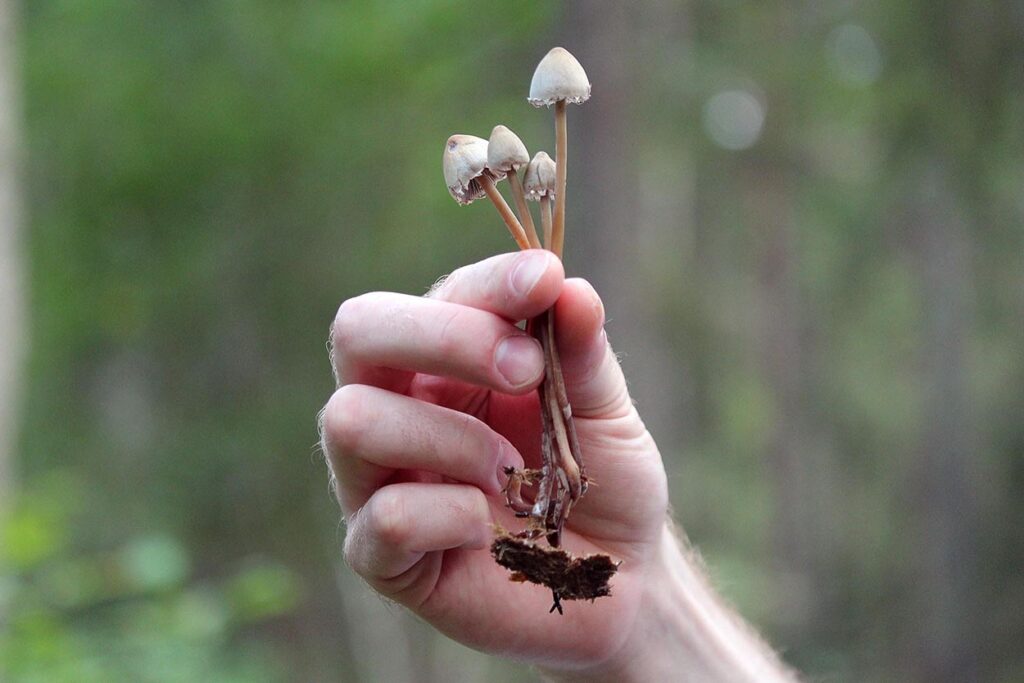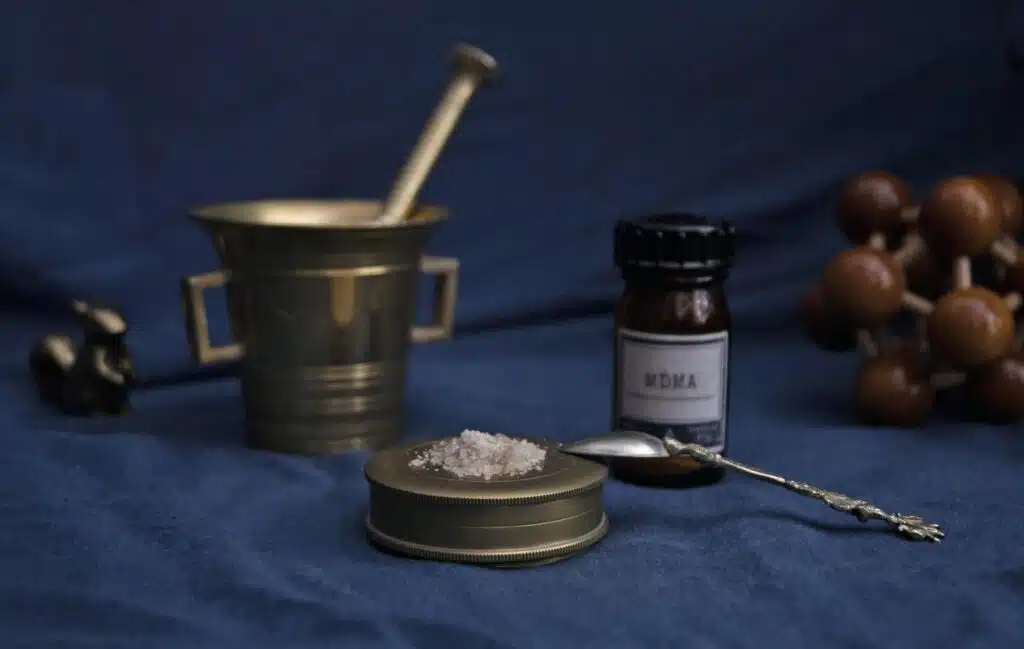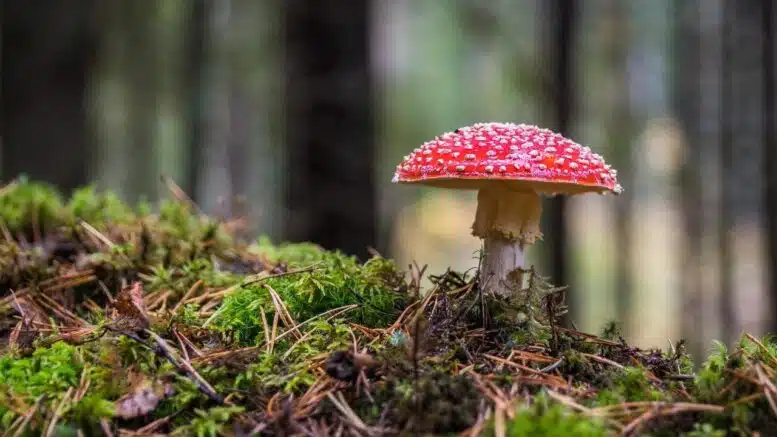The ‘red or blue pill’ scene in The Matrix is one of the most iconic scenes in movie history. If anything, it taught watchers to always seek out the whole truth before ingesting any drug. Irrespective of how amazing the reports may sound, it’s always necessary to get to the bottom of the truth. And the case of psychedelic drugs is no different.
If law permits, these drugs could soon become legal for treating conditions such as depression and anxiety. Until then, the general public has to learn the differences between myths and facts surrounding these hallucinogens, based on scientific research.
So here are five popular misconceptions about psychedelic drugs and why you need to stop believing them.
5 Myths About Psychedelics Debunked
1. Psychedelics Are All-Natural Drugs

Misconception: Often, users of psychedelic drugs such as LSD believe that unlike common stimulants like cocaine, they are made entirely from natural sources.
Facts: You can indeed find two psychedelics occurring naturally. These are ayahuasca and magic mushrooms. Magic Mushrooms if combined with CBD have antidepressant effects. Other mushrooms such as Psilocybe cyanescens, are not potent psychedelics, though they are natural and have hallucinogenic effects. However, LSD, otherwise known as Lysergic Acid Diethylamide, is a synthetic product made and packaged into strips for easy absorption when ingested into the mouth.
On the other hand, ayahuasca is derived from two components, the plant called Banisteriopsis caapi, or the yage plant, and the leaf of the Psychotria viridis. This particular hallucinogen has been in use for centuries. Different cultures and civilizations have used it as spiritual medicine for their rituals and rites. Among some indigenous people with recorded use of ayahuasca are the people of Peru, Colombia, Bolivia, and Ecuador.
2. They Will Fill Your Brain With “Holes”
Misconception: This myth can be traced back to the late 1990s and 2000s. In an attempt to sensitize the population about the dangers of using party drugs like “ecstasy” (MDMA), anti-drug campaigns claimed that they put holes in users’ brains.
Facts: According to basic human anatomy, the brain is encased by a protective bone called the cranium. Therefore, things capable of creating physical holes in the brain would first need to go through the skull. Thus, only the trauma of blunt force would cause holes in the brain.
Be that as it may, there is enough research to tie some drugs to physical changes such as shrinkage or growth in some body parts and changes in specific brain structures. However, these side effects still lack scientific evidence and clarity. Therefore, though MDMA may not be safe for everyone, holes in the brain are highly unlikely.
3. All their “Trips” Have The Same Duration
Misconception: Every psychedelic drug you take will make you trip for the same duration.
Facts: The length of time you experience a full-blown “trip” after a specific dose of different psychedelics varies tremendously depending on the type of drug taken. Usually, you’ll experience the longest trips after ingesting LSD. It is common to “trip” for a duration of six to 11 hours after intake. In some cases, they last even longer for about 14 hours in some users.
Everyone responds in a slightly different way to drugs in general. Therefore, there is no way all trips will last for the same duration, though there is evidence that trips could be of personal or spiritual significance to users even 14 months later.
4. Psychedelic And Other Illegal Drugs Have The Same Effect on The Brain

Misconception: Psychedelics are illegal drugs and affect the brain in the same way as other illegal drugs.
Facts: Researchers are still working to find out exactly how hallucinogens affect the human brain. However, there is enough evidence to suggest that the brain undoes a fundamentally different psychedelic experience than it does with hard drugs like cocaine, methamphetamine, and alcohol, which are very addictive.
Cocaine, for instance, induces intense feelings of euphoria in users by temporarily stimulating the reward and motivation centers of the brain. In some people, this leads to a cycle of addiction.
Whereas the psychoactive agent in magic mushrooms, called psilocybin, induces changes in the brain’s prefrontal cortex, affecting the exchange of nerve signals in this area. Unlike cocaine, research indicates that these psilocybin effects can prove helpful to some individuals with mental health conditions.
5. Science And Research Has Uncovered All The Truth About Psychedelics
Misconception: There is extensive and conclusive research on psychedelics.
Facts: Back in 1966, psychedelics were among some of the substances the government outlawed. As a result, most research, studies, and experimentation of these hallucinogenic drugs came to an abrupt halt. You can buy psychedelics online Canada, but their use still remains illegal. Thus, to say there is enough research would be premature even though recent studies support their use for certain conditions.
Conclusion
Psychedelics can serve good and bad purposes, depending on how effectively you use them. To put them to the best use, you need all the facts you can get. Plus, total honesty to yourself is also necessary. Whatever your beliefs and reasons, please use responsibly and avoid spreading any of the myths, especially those listed above.
